

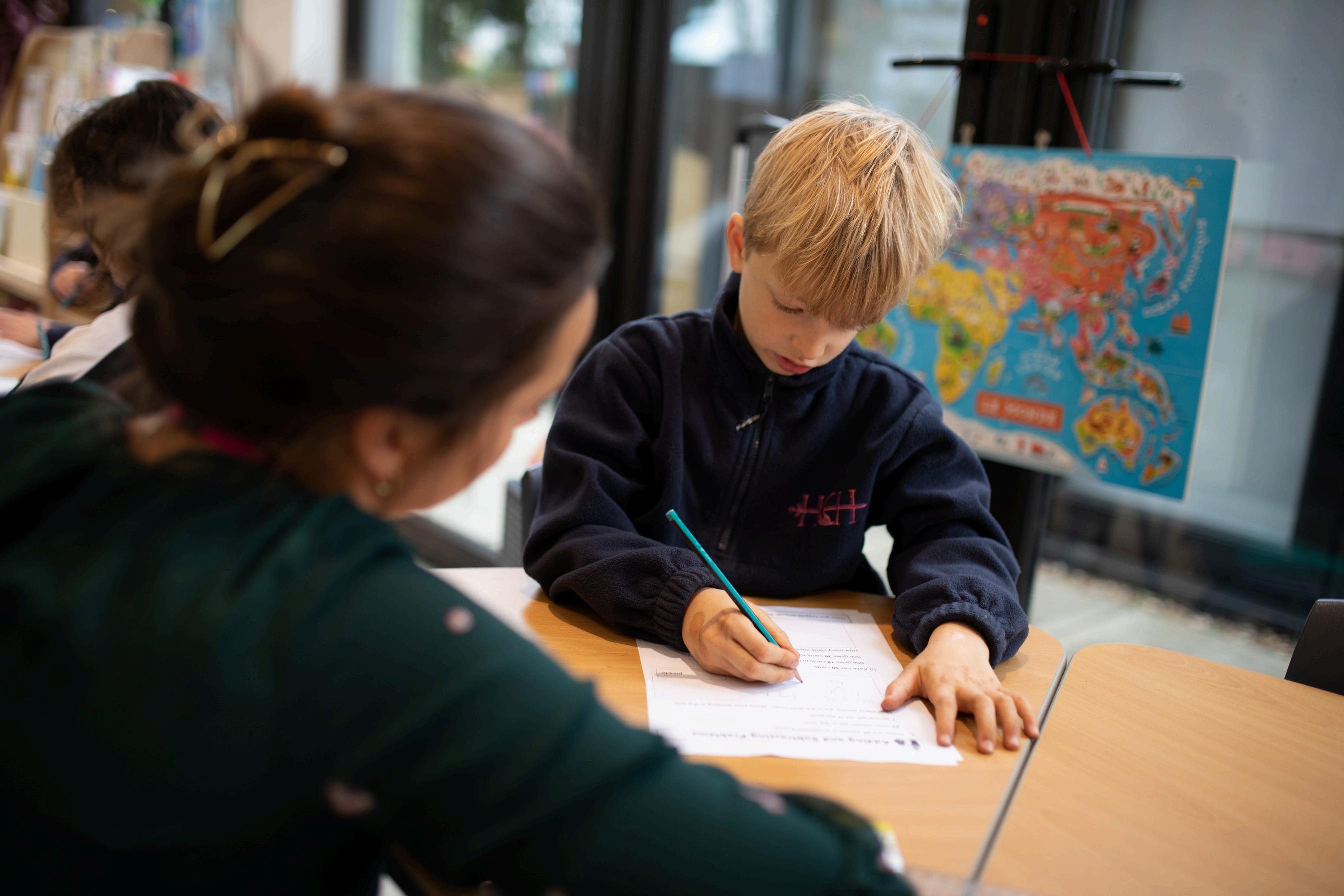

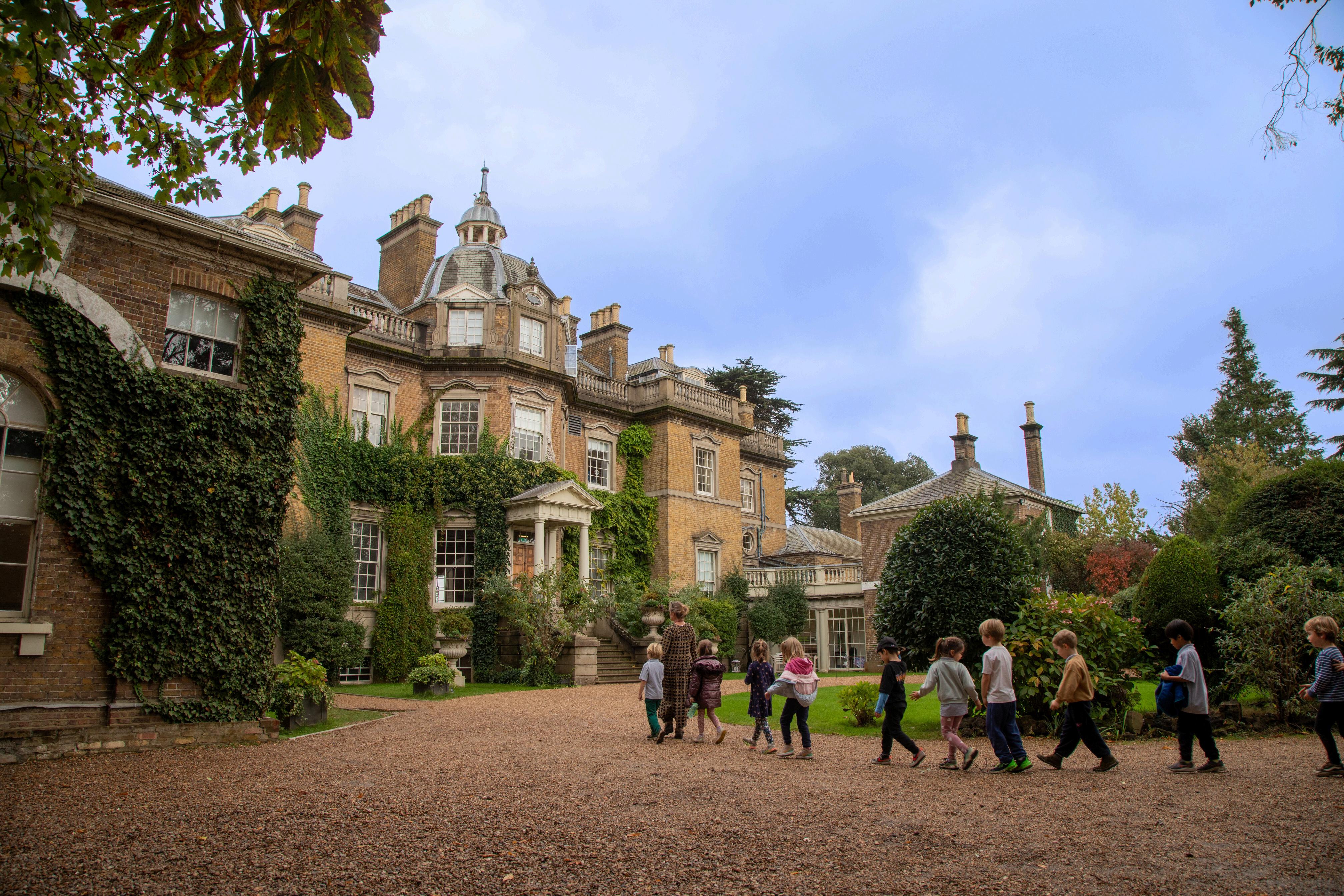








Hampton Court House Prep is about providing an educational experience centred around the child with bespoke approaches for every individual. Whether in classroom settings, extra-curricular activities or charity work, we teach the children to be well-rounded and caring and to contribute to all aspects of school life. Our day-to-day curriculum is one of the foundations of this approach. Lessons are designed to be interesting, engaging, supportive and challenging so that all children feel able to do their best. Teachers will always enable children to contribute fully to lessons, learn and demonstrate new knowledge, skills and ideas, and to shape their voice as part of a dynamic, but homely, community.
At Hampton Court House, our Years 1 – 6 curriculum is designed with the holistic development of each child in mind. We aim to cultivate a love for learning, curiosity, and confidence in our students. Central to our intent is the bilingual program for Years 1 – 4, where approximately 50% of the curriculum is delivered in French. This unique approach not only enhances language skills but also broadens cultural understanding and cognitive flexibility. Our goal is to support every child’s intellectual, social, and emotional growth through a rich and balanced curriculum where mistakes are accepted, and questions welcomed.
Our curriculum is implemented with a focus on creating an inclusive, engaging, and supportive learning environment with a sense of fun. For Years 1 – 4, the bilingual program integrates French into everyday learning, covering subjects such as humanities, science, sport and the arts in both English and French. This immersive approach helps students develop proficiency in both languages naturally and enjoyably, with in class support used to ensure all children are able to understand and access the curriculum. Lessons are structured to build on previous knowledge, ensuring a smooth progression. Within years 5 and 6 more specialist teachers are used to deliver the curriculum which allows for the development of skills necessary to start their secondary education in year 7. We employ a variety of teaching methods, including individual tasks, group work, and hands-on activities, to cater to different learning styles. Continuous assessment practices allow us to monitor each child's progress closely and provide personalised support as needed.
Impact
The impact of our carefully crafted curriculum is seen in the enthusiasm and active participation of our students. They develop strong foundation skills in literacy, numeracy, and science, along with the ability to think critically and solve problems. The bilingual program enhances their language skills and cultural awareness, giving them a broader perspective and improved cognitive abilities. Our students also grow in confidence, independence, and social skills. Regular assessments demonstrate enhanced academic progress and personal development, ensuring that students are well-prepared for the next stage of their education with a lifelong love of learning and a unique bilingual advantage.
Key contacts
Susie Byers Head of Prep sby@hchnet.co.uk
Eldon Fayers Assistant Principal | Teaching & Learning efa@hchnet.co.uk
Imogen Stone
Prep Head of Teaching & Learning ist@hchnet.co.uk
Nick Edwards Assistant Principal | Data & Assessment ned@hchnet.co.uk
Paul Pearce
Deputy Head | Operations & Academic pgp@hchnet.co.uk
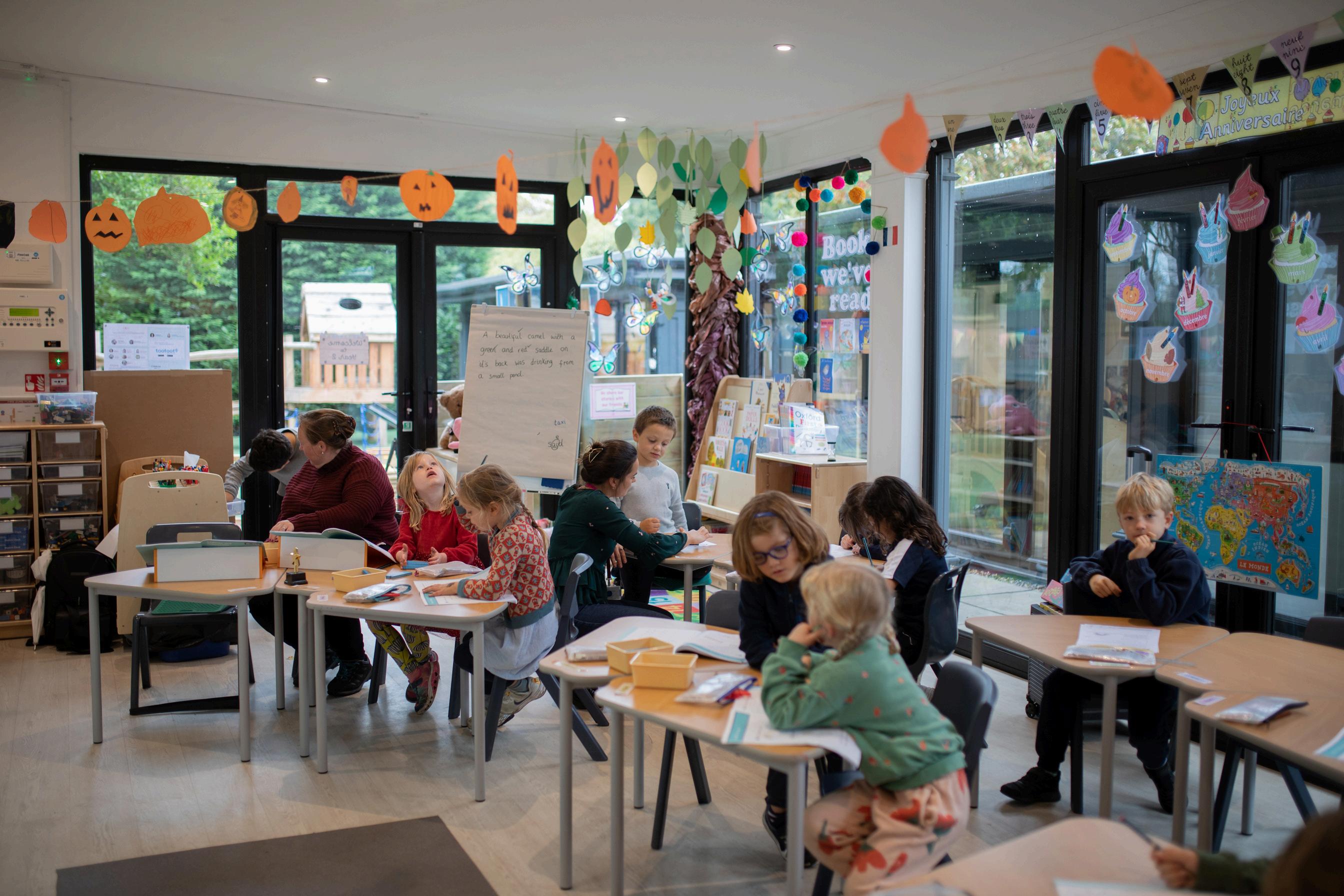

Pupils will read William Grill’s telling of Ernest Shackleton’s expedition to cross the Antarctic, making art in response to the illustrations in the book. Building upon drawing skills by looking at new techniques and approaches, introducing mixed media. Working on a large-scale collaborative piece, pupils will study the drawings of James Gulliver Hancock and create a cityscape in which to place various superheroes, villains and villainous inventions.
Term
Autumn 1
Autumn 2
Spring 1
Spring 2
Summer 1
Summer 2
What are we studying?
Trees: Making art in response to ‘The Tree of Life’, by Gustav Klimt and ‘Surprised! (or Tiger in a Tropical Storm)’, by Henri Rousseau Focusing on pattern, shape, symbolism, collage and drawing skills
Trees continued: Making art in response to the art of Andy Goldsworthy and Piet Mondrian Focusing on temporary art, sculpture, tonal values, pattern and introduction to acrylic paint
Ernest Shackleton: Pupils will read William Grill’s telling of Ernest Shackleton’s expedition to cross the Antarctic, making art in response to the illustrations in the book Building upon drawing skills by looking at new techniques and approaches, introducing mixed media
Superheroes: Working on a large-scale collaborative piece, pupils will study the drawings of James Gulliver Hancock and create a cityscape in which to place various superheroes, villains and villainous inventions
Clay: Birds Looking at the bird studies of Matt Sewell and John James Audubon, students will learn watercolour techniques to paint different birds Pupils will each make and decorate a clay bird to be fired in the kiln, revisiting pinch pot techniques and expanding on skills with clay modelling and building techniques
Sewing project: Taking inspiration from textile designer Donna Wilson, pupils will design and stitch a soft toy This project aims to develop fine motor skills and revisits mastery of a basic running stitch

DDM is split into discrete subjects in order to cover a wide range of knowledge across humanities and sciences. Whilst it is an interlinked curriculum, we ensure that the essential foundation of knowledge needed for the later years of prep in each subject and senior are covered.
This term Year 2 will be studying the topic of ‘Living things and their habitats.’ They will recognise whether things are alive, dead or have never lived, identify different plants and animals and understand how they are suited to their different habitats, including micro-habitats, recognise how different habitats provide for the basic needs of animals and plants, understand that animals get their food from other animals and/or from plants and finally recognise that a food chain is made of a series of plants and animals that eat each other and also shows how energy is transferred from one organism to another via food.
In Year 2 this term, we will learn about events behind living memory that are significant nationally or globally: Women’s Day with Amelia Earhart and Joan of Arc. This will help us understand how the lives of others in the past have contributed to our present-day advancements and improvements. We will also learn about significant historical events through Bastille Day, French fish day and Easter.
We will discover the Earth and its representations (globe, planisphere, maps) in relation to the Equator and using cardinal points. We will be identifying countries on different continents by reading maps and get key information about landscape physical features and climate. We will deepen our understanding of the United Kingdom by naming, locate and identify characteristics of the four countries and capital cities of the United Kingdom. We will also discover the culture, flag and capital of Madagascar, Russia, Germany, Portugal, Canada, Senegal, Japan and Finland.

Term
Autumn 1
Autumn 2
Spring 1
Spring 2
Summer 1
Summer 2
What are we studying?
Read the time on a digital watch and situate the moments of the day looking at our school timetable.
Identify a familiar place with different backup material (photographs with different angles and perspectives).
Explore a selection of materials and discuss how they might be tested for their rigidity (identical lengths of wood, plastic, metal, card).
Events behind living memory that are significant nationally or globally: Remembrance Day (France and UK).
Consider time with Past, Present and Future by considering evolution through transports and technology.
Learning about the role of the monarch, Queen Victoria, Elizabeth II and King Charles III. Observe the various states of matter (gas, liquid, solid) and its changes. Know the process of the water cycle.
Events behind living memory that are significant nationally or globally: Women’s Day: Joan of Arc and Bastille Day.
Discover Versailles and Louis XIV.
To identify the United Kingdom and its countries on a map; know their flags and their capital cities, customs, and traditions.
Identify that most living things live in habitats to which they are suited and describe how different habitats provide for the basic needs of different kinds of animals and plants, and how they depend on each other.
Use world maps, atlases and globes to identify the countries learned in History.
Use simple compass directions, locational and directional language, to describe the location of features and routes on a map.
Describe how animals obtain their food from plants and other animals, using the idea of a simple food chain, and identify and name different sources of food.
Events behind living memory that are significant nationally or globally: Christopher Colombus. Exploration of the new world.
Recognise the different typologies of landscapes and use basic geographical vocabulary. Explore the birth cycle of animals and humans
Significant historical events, people, and places in their own locality/ globally.
Sustainability with links to exploitation of resources inf rain forest; protection and preservation
Describe the importance for humans of exercise, eating the right amounts of different types of food, and hygiene.
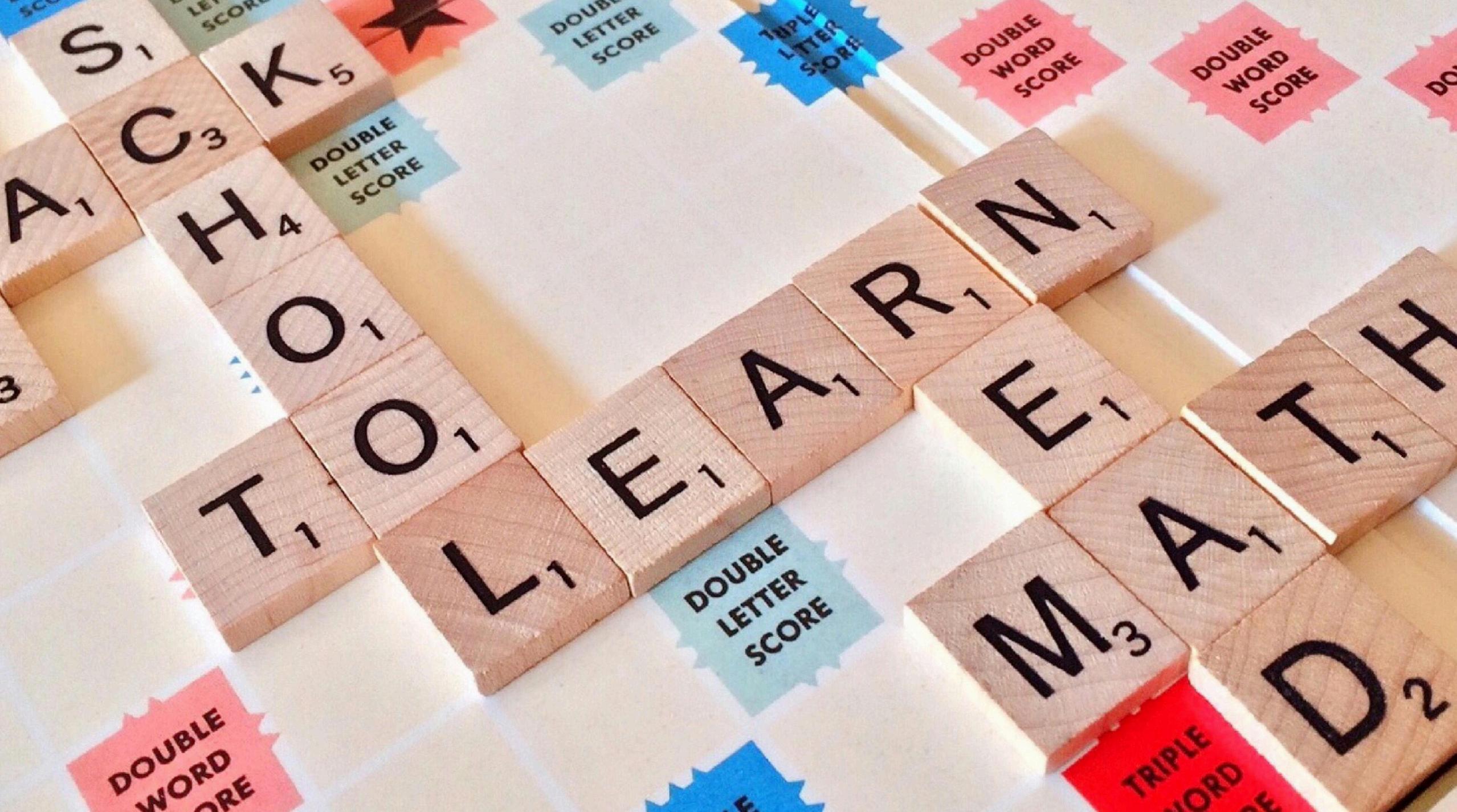

Year 2 Curriculum Overview Spring Term 2025
The children will continue to work through the RWI programme in the morning and complete the child focussed and targeted tasks set by each group leader.
Year Two will start the Spring Term by reading and range of stories set in the wild, then we explore a range of nonfiction texts about creatures under the sea and then the children will have fun reading a range of monster themed poems.
After half term the children will look at a range of traditional tales from other cultures, diaries and recounts and finish the term by reading a range of humorous poems.
How it will be assessed
Assessment will be through daily marking and feedback. Through discussion and questioning. At the end of each unit the children will be writing in the style of the author or poet they have been reading. There will also be informal assessment of writing, reading and SPaG at the end of each term.
What are we studying?
Autumn 1
Autumn 2
Spring 1
Spring 2
Summer 1
Stories set in the wild
Non-fiction texts – creatures under the sea
Monster poems
Traditional Tales
Diaries and recounts
Humorous poems
Stories by the same author – Lauren Child
Information Texts - dinosaurs
Summer 2 Poems on a theme – Happy Poems
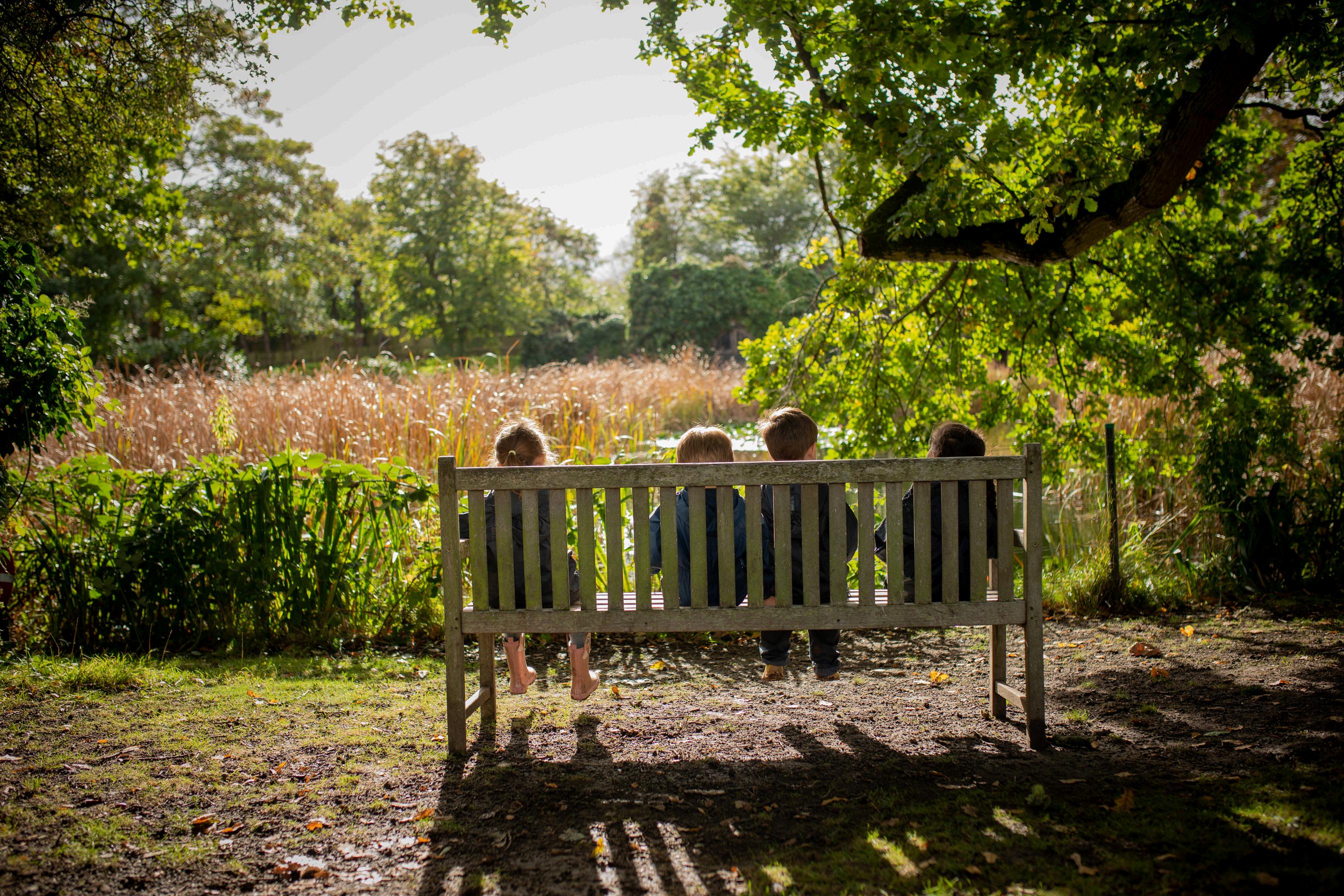

Students will explore the process of building dens and learn to use tools safely, developing both practical skills and an understanding of safety in outdoor environments As part of their studies, they will celebrate Chinese New Year by harvesting fresh produce from a community garden and preparing a traditional Chinese meal over an open fire, gaining insights into cultural traditions and the importance of shared experiences During National Birdwatching, students will study the needs of winter birds and create bird feeders, fostering an appreciation for wildlife and the role of conservation They will also engage with fairytales and stories that encourage imaginative play in natural settings, enhancing their creativity and connection to the environment Additionally, students will observe National Wildlife Day by learning about local wildlife, exploring conservation efforts, and reflecting on the importance of protecting natural habitats
Autumn 1
Autumn 2
Spring 1
Spring 2
Summer 1
Safety in the natural environment and taking safe and supervised risks
Observing the changes in weather and in the natural environment for Autumn and Winter
Celebrate Autumn Harvest and Christmas
Building dens and using tools safely
Celebrate Chinese New Year and harvest from community garden to cook a Chinese meal on the open fire
Celebrate National Birdwatching and make bird feeders for winter birds
Fairytales and stories that link to play in the natural environment
Celebrate National Wildlife Day
Observing new changes in the natural environment coming into Spring and planting
Celebrate World Bee Day
Summer 2 Minibeasts, map making and treasure seeking

Year 2 Curriculum Overview Spring Term 2025
The pupils will experience the early stages of expertise in a new language through French listening, reading, speaking and writing. Learning will be both crafted around step-by-step skill development as well as an overall immersive environment that fosters fluid and useful expression in a second language.
They will develop pleasure in reading and understanding by learning how to read and discover new sounds [ch], [v], [r], [b], [t], [j], [an], [on] using the Alpha's method. They will apply phonic knowledge and skills as the route to decoding syllables and simple words. During the lesson, the pupils will learn vocabulary about pets, animals, countries, nationalities, professions, workplaces and transports.
They will discover some grammar rules, such as masculine and feminine nouns as well as singular and plural nouns. Year 2 will also develop their cultural knowledge by listening to French stories. Finally, they will hear and watch different authentic audios, videos and sing songs.
Term
Autumn 1
Autumn 2
Spring 1
Spring 2
Summer 1
Summer 2
What are we studying?
We will recap our sound learned in Year 1: [a], [e], [i], [o], [u], [ê]. We will learn vocabulary about themselves, politeness, instructions, stationery. We will also develop their cultural knowledge by learning about Loup and listening to French literacy every week.
We will recap our sound learned in Year 1: [s], [l], [p], [m], [n], [f]. We will learn vocabulary about numbers from 20 to 30, colours, weather, daily routine. They will discover some grammar rules, such as beginning to punctuate sentences and using capital letters and full stops. We will also develop their cultural knowledge by learning about Loup and listening to French literacy every week.
We will recap our sound learned in Year 1: [ch], [v], [r], [b], [t], [j]. We will learn vocabulary about pets, animals, countries, nationalities. They will discover the masculine and feminine nouns. We will also develop their cultural knowledge by learning about Loup and listening to French literacy every week.
We will discover the following new complex sounds [an], [on]. They will also discover singular and plural nouns. We will learn vocabulary about professions, workplaces, transports. We will also develop their cultural knowledge by learning about Loup and listening to French literacy every week.
We will discover the following new complex sounds [ou], [in]. We will learn vocabulary about physical description, personality traits. We will discover some grammar rules, such as the present tense of the verbs to be and to have using je/tu/il/elle. We will also develop their cultural knowledge by learning about Loup, Sami and Lili and listening to French literacy every week.
We will discover the following new complex sounds [oi]. We will discover some grammar rules, such as the present tense -er verbs using je/tu/il/elle. We will learn vocabulary about instruments, leisure, sports, activities. We will also develop their cultural knowledge by learning about Loup, Sami and Lili and listening to French literacy every week.

In Spring term, Year 2 will explore a variety of traditions and celebrations that are integral to Belgian life. We will begin by learning about la galette des rois, a traditional pastry enjoyed during Epiphany, and explore the lively carnival of Binche, famous for its vibrant parades and festivities. Valentine's Day in Belgium will also be discussed, highlighting its romantic traditions, alongside the popular Candlemas, or Pancake Day, where Belgian people indulge in delicious crêpes.
In the second part of the term, students will focus on Isala Van Diest during International Women's Week, Belgium’s first female doctor. As spring approaches, we will discover the various spring celebrations, including the Festival van Vlaaderen which involves theatre, music and dance. The term will conclude with a study of le poisson d’avril, France and Belgium’s version of April Fools’ Day, and the country’s Easter traditions, offering insights into Belgian customs surrounding these holidays.
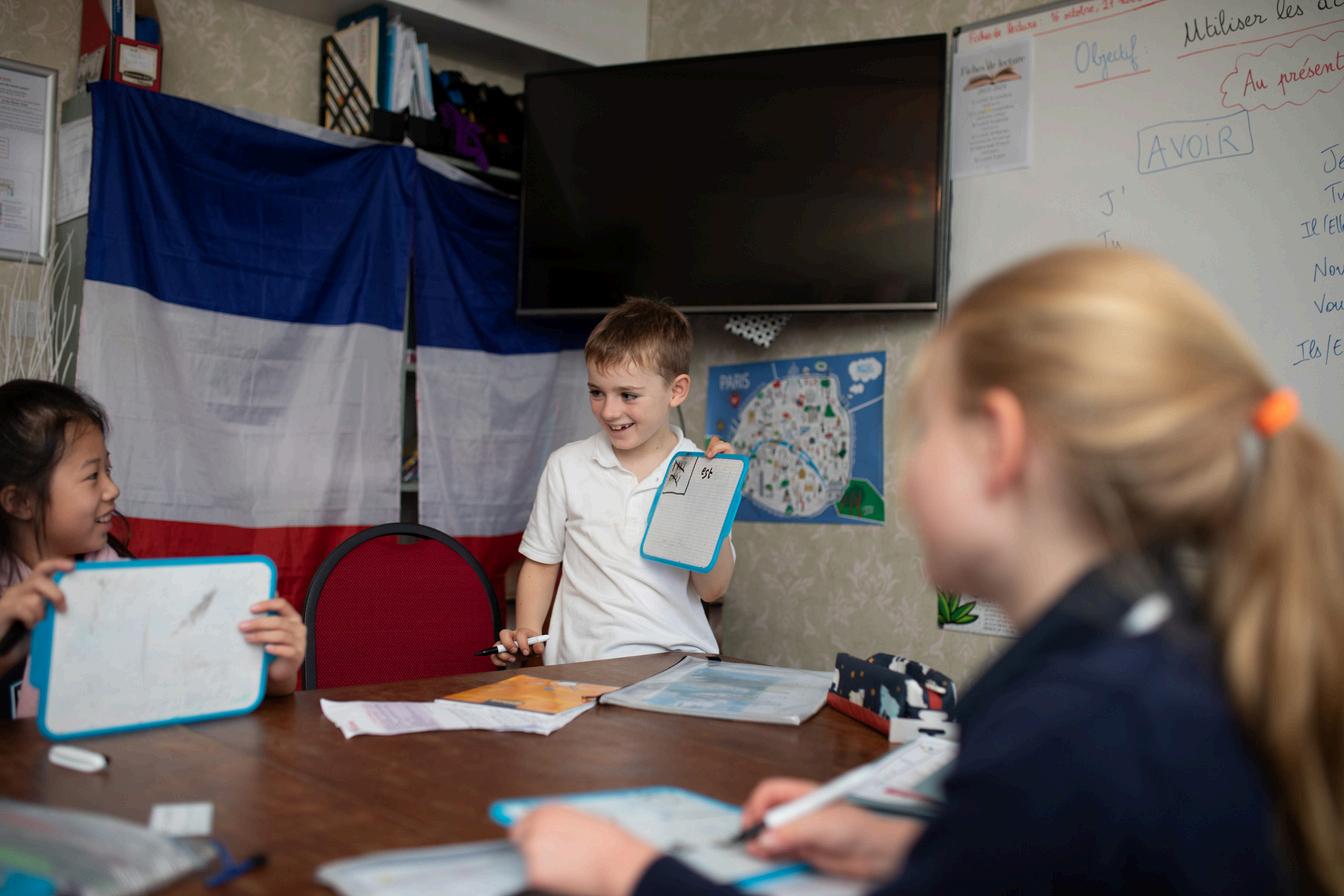
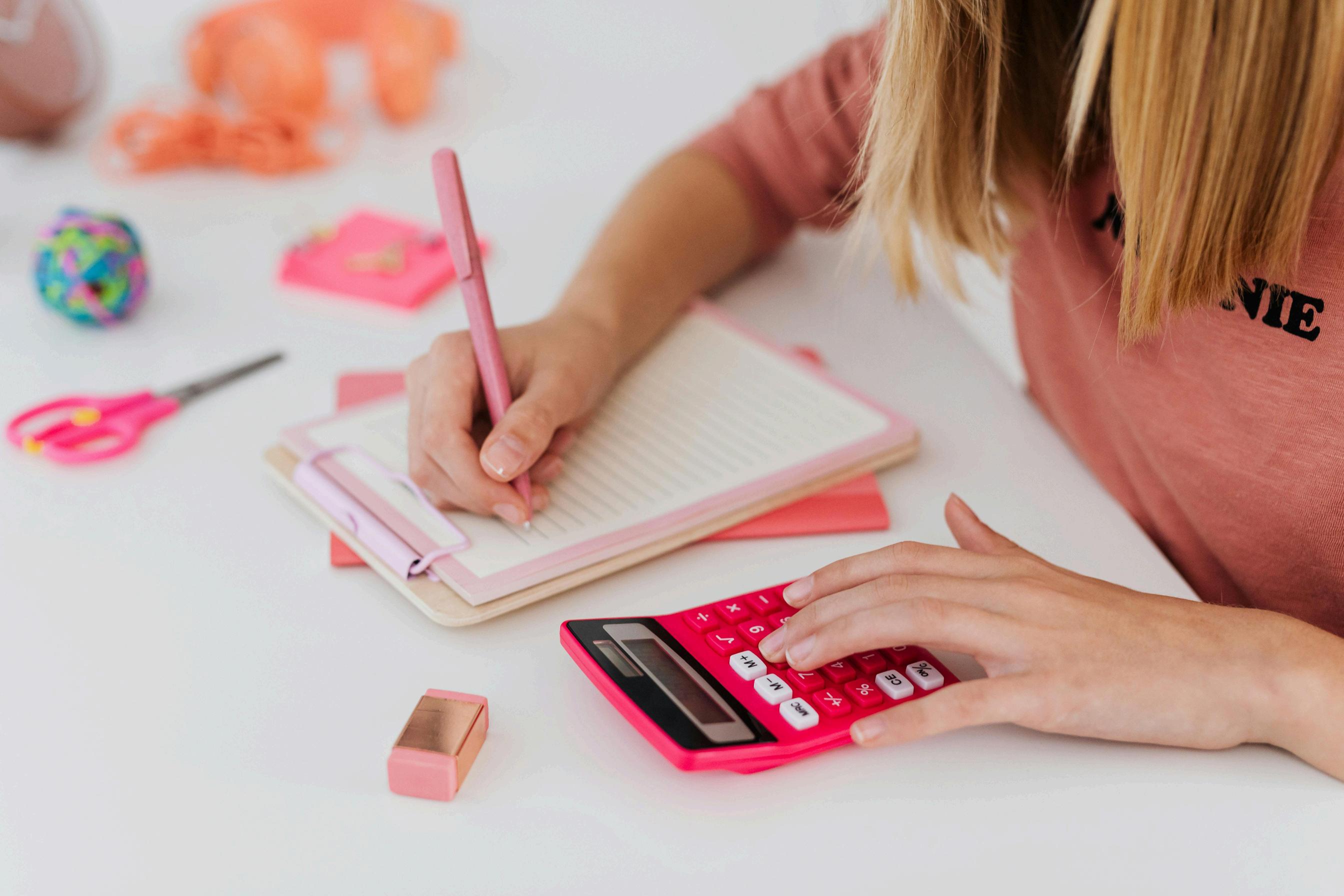

Y2 maths consolidates and builds on key mathematical knowledge from year 1, but with added complexity and context application. The Spring term will consist of 3 main topics in Maths; Money, Multiplication and division, and Measure
Money:
Counting money in pounds and pence
Comparing amounts of money
Counting notes and coins
Calculating change
Multiplication and Division:
Making and adding equal groups
Introducing the multiplication sign
Using the two, five, and ten times table
Dividing by two, five, and ten
Odd and even numbers
Doubling and halving
Measure:
Measuring in centimetres and metres
Comparing and ordering lengths and heights
Measuring in grams and kilograms
Measuring in litres and millilitres
Using the four operations with length, mass and capacity
Measuring temperatures

Term
Autumn 1 Place Value Addition and Subtraction
Autumn 2 Addition and Subtraction Shape
Spring 1 Money Multiplication and division
Spring 2 Length and height Mass, capacity and temperature
Summer 1 Fractions Time
Summer 2 Statistics Position and direction
What are we studying?
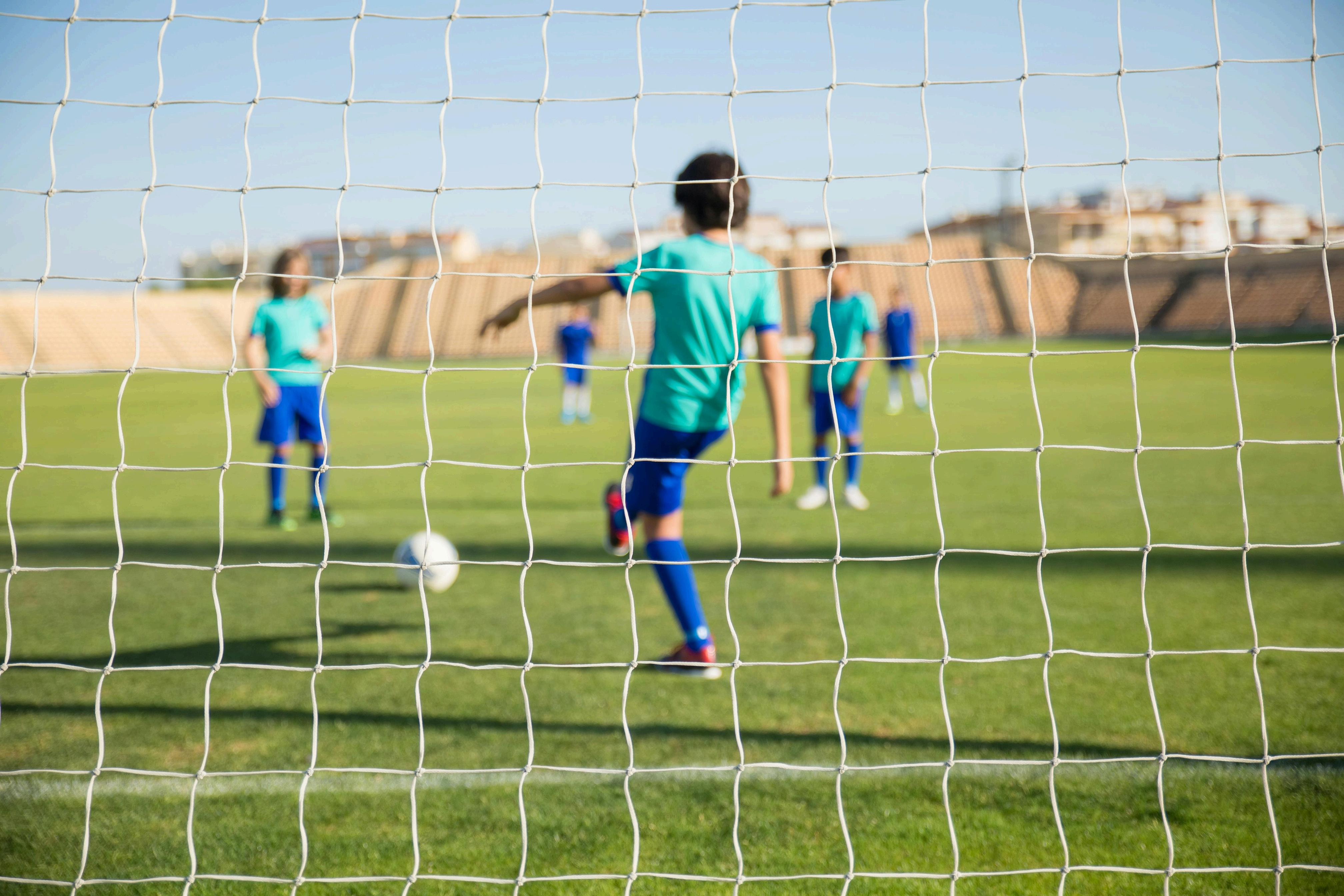

Year 2 Curriculum Overview Spring Term 2025
During the spring term of 2025, Year 2 students will focus on games and gymnastics as part of their physical education curriculum.
Students will enhance their foundational skills in sports such as netball and football while also being introduced to new games, including bench ball and dodgeball, which emphasize similar core competencies. The curriculum will prioritize the development of teamwork and strategic thinking within competitive team environments, alongside an understanding of additional game regulations.
In the gymnastics component, students will explore spatial awareness and learn to manoeuvre through their surroundings using different body parts. They will engage in activities that involve creating basic body shapes, performing balances, jumps, and rolls, utilizing simple equipment and mats. Ultimately, they will integrate these movements into a unified gymnastics sequence.
Term
Autumn
Spring
Summer
What are we studying?
Football: Passing, shooting, dribbling, conditioned games.
Netball: Passing, shooting, attack vs defence, positions and conditioned games
Gymnastics: balances, body shapes, travel, jumps and rolls
Games: balance, coordination, agility, throwing and catching.
Cricket: throwing, catching, batting, bowling and fielding
Athletics: sack race, long jump, javelin throw, obstacle race, relay, 60m sprint.
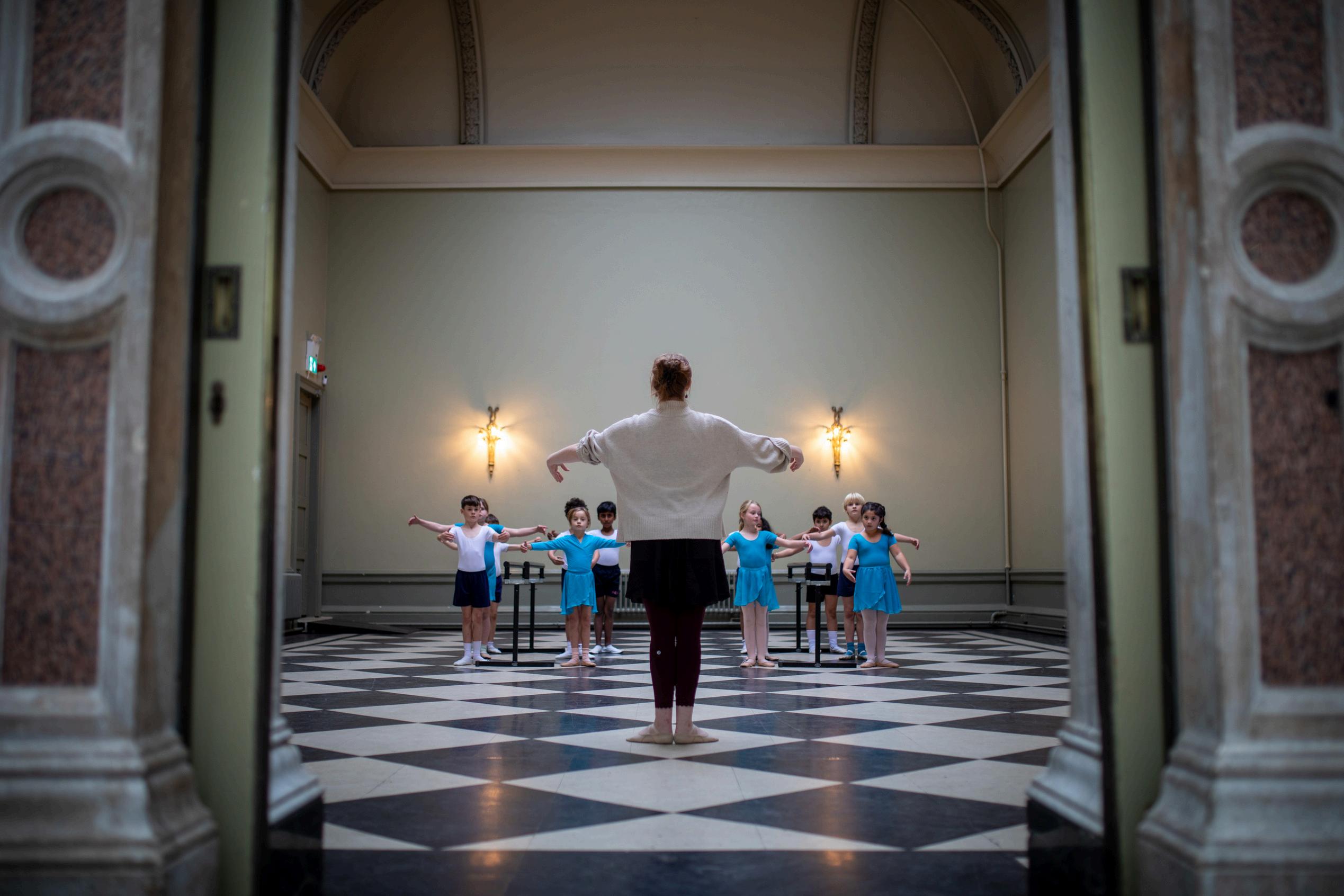

In ballet, the students will follow the Royal Academy of Dance syllabus using this to help them develop their technique, musicality and performance.
In music, Year 2 will explore Earth Cycles, studying Vivaldi’s Four Seasons as well as other stories and musical elements related to our changing seasons. Children will use movement, singing, listening and appraising, and composition to deepen their understanding of music in this way.
In drama, the students will prepare a performance of ‘The Happy Prince’ in French as part of a school production.
Throughout the year, there will also be numerous recitals and concerts, providing students with platforms to display their musical abilities and talents.
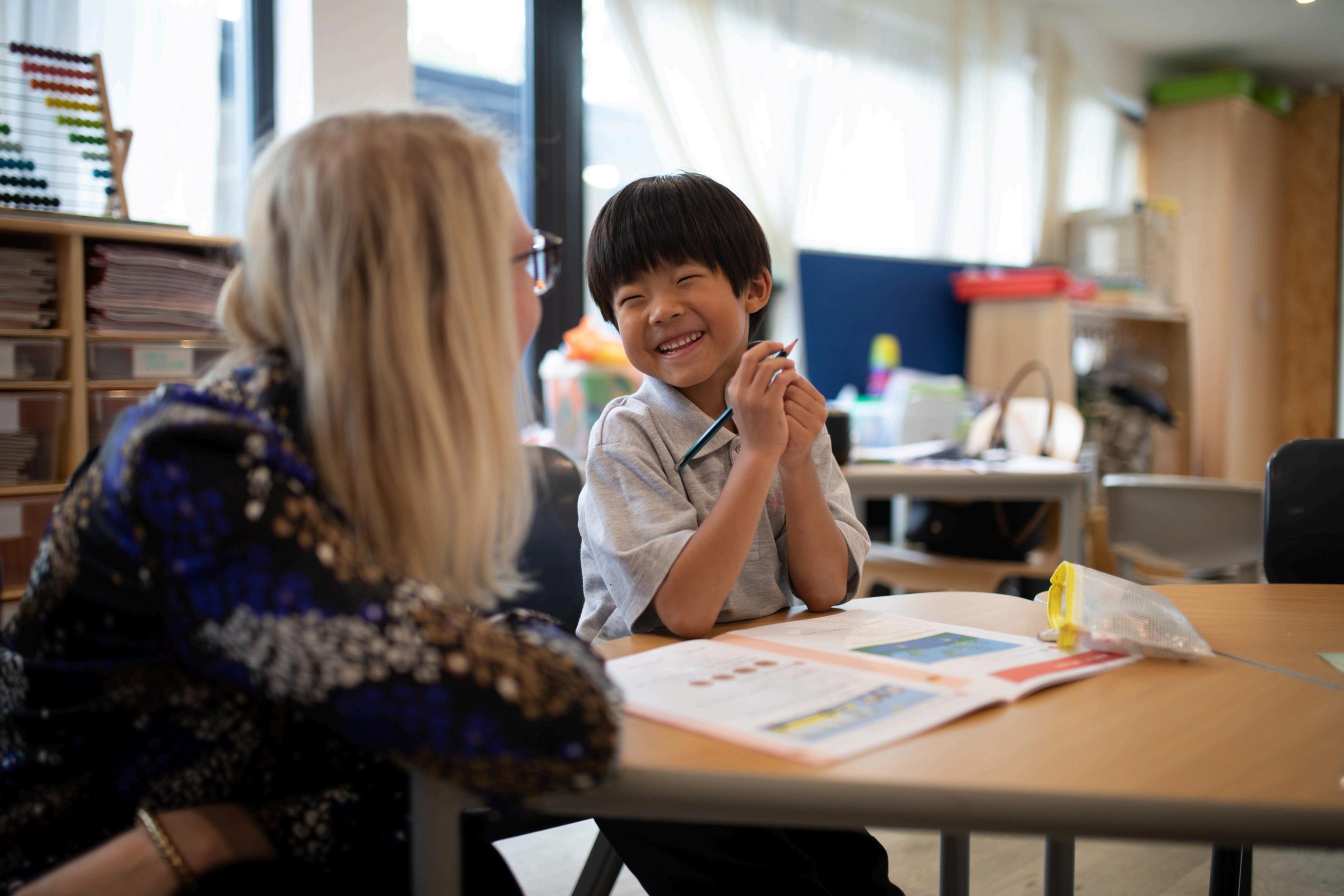

This term we are moving on to our ‘Relationships’ and ‘Changing Me’ topics. We will begin by thinking about our families, and the different people that make up our families. We will then explore physical contact, including what is appropriate and what is not. We will explore friendships, and how conflict can arise. We will be thinking about secrets and when it is a good idea to keep a secret and when not. Finishing with thinking about people we can trust and that we appreciate. In the second half of the term, we move on to ‘Changing Me’. This includes looking at life cycles of humans and animals, then identifying how the children grow into adults. They look at the differences between girls’ and boys’ bodies and how parts of our body are private. We finish the term thinking about assertiveness, different types of touch and how to respond to things we do not like.
Please note that you can request any lesson resources for PSHE at any time if you would like to look at how a particular topic is taught. We aim to make all PSHE sessions as relevant to the students and their current needs and concerns, therefore out content is changeable, and suggestions and feedback are welcome at any time from students and parents.
How it will be assessed
PSHE lessons are predominantly discussion based, with some written tasks for deeper comprehension and application. At the end of each lesson, the students will complete self-reflection sheets for teachers to monitor understanding and adapt future teaching. Teachers keep track of the students’ levels and understanding of the different elements of PSHE across the year.
are we studying?
Being Me in my World
Hope and fears for the year
Autumn 1
Rights and responsibilities
Rewards and consequences
Learning charter
Relationships
Families
Spring 1
Summer 1
Keeping safe – exploring physical contact
Friends and conflict
Secrets
Trust and appreciation
Healthy Me
Being healthy
Being relaxed
Medicine safety
Healthy eating
Autumn 2
are we studying?
Celebrating Difference
Boys and girls
Why does bullying happen?
Standing up for myself and others
Diversity
Celebrating difference and still being friends
Changing Me
Life cycles in nature
Spring 2
Growing from young to old
Girls’ and boys’ bodies
Assertiveness
Dreams and Goals
Goals to success
Summer 2
My learning strengths
Learning with others
A group challenge
